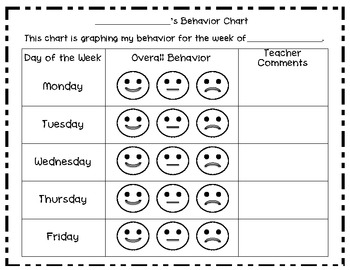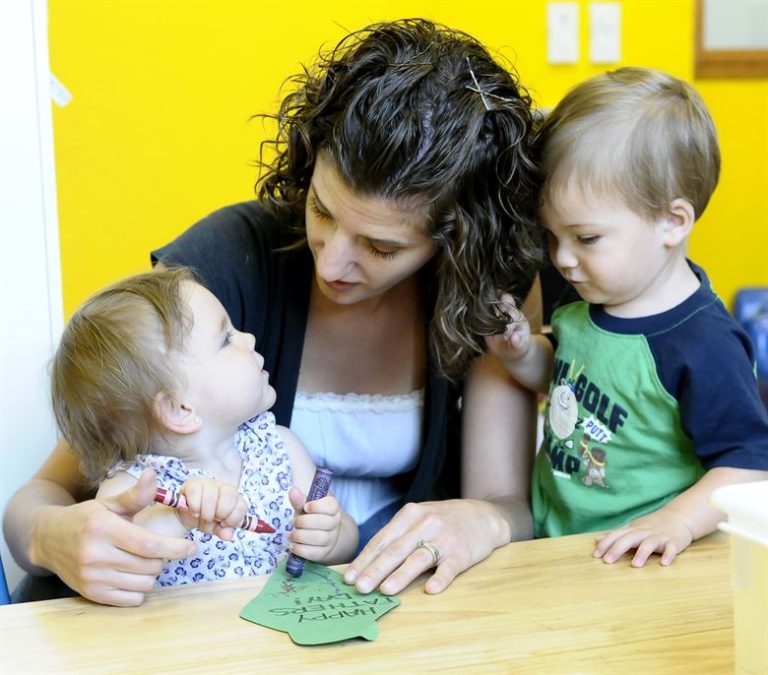Teaching to the Brain in Early Childhood
We’ve all heard of teaching to the test, and we all know that this strategy has no long-term success for children’s learning. Instead, I suggest “teaching to the brain”….using what we know about how the brain develops to influence what we do in our classrooms. During the first five years of life, the brain develops at a rapid speed. Although the brain can be trained to memorize pieces of information, true learning and understanding come from experiences that are tailored to the way the brain develops during these important years. So how can you apply what we know about the developing brain in connection to plan appropriate environments and experiences for young children that maximize the foundation for later learning? Here are 9 “Teaching to the Brain” strategies.
Strategies for “Teaching to the Brain”
Building Healthy Relationships is Vital for Teaching to the Brain
Healthy development depends on the quality and reliability of a young child’s relationships with the important people in his or her life, both within and outside the family. Children who have positive relationships with their teachers are more excited about learning, more positive about coming to school, more self-confident, and achieve more in the classroom.
Promote Communication
Just as children want to connect with us, they want to communicate with us. There’s a very predictable pattern to language development, and it happens pretty quickly. Have extended discourse with children, go beyond the here and now in your conversations, and use sophisticated vocabulary. This early communication helps to build healthy relationships and grow vocabulary, both of which are important strategies for teaching to the brain.
Encourage Curiosity and Creativity
Exploratory behavior and creativity is a talent that is highly prized in the working world. That’s because good ideas make money. Children are naturally inquisitive. They are naturally curious and creative. Unfortunately, they learn from school that teachers value right answers more than provocative questions, so they learn to stop asking questions. Use open-ended materials, ask thought-provoking questions, allow for trial and error and problem solving, and allow a lot of time for exploration.
Teach to the Brain by Valuing Play
You probably wouldn’t expect to see play on a list of teaching to the brain strategies, but play is a powerful tool. Play is the highest form of research (Albert Einstein). Direct instruction really can limit young children’s learning. Teaching is a very effective way to get children to learn something specific—this tube squeaks, say, or a squish then a press then a pull causes the music to play. But it also makes children less likely to discover unexpected information and to draw unexpected conclusions. Play is important. Play is how we learn.
Improve Executive Function Skills
A big part of teaching to the brain involves executive function skills. Executive functions lay the groundwork for school success. Executive functions are a better predictor of academic success than IQ. Children who are behind their peers in these skills show more aggression, have difficulty getting along with others, are disruptive in class, and are slower to master academic skills in school.
Plan for Physical Activity
Voluntary gross motor activities, such as games, running, dance, and other active movements wire the brain to make more efficient connections. This supports later academic learning. We should be encouraging more, not less, physical activity in our classrooms.
Develop and Teach Emotional Intelligence
Human beings have an incredible ability to display many emotions, but only six of them are built-in at birth. Unless children are taught these emotional states early (ages 0-3), when they enter school, they’ll be emotionally narrow. Teach children to recognize their own emotions, those of others, and how to manage their own emotional states.
Practice Stress-Relief
Stressed brains can’t learn, which is why reducing stress in classrooms is a valuable strategy for teaching to the brain. Chronic stress is a very real issue at schools for both staff and students. Recent studies suggest 30-50% of all students felt moderately or greatly stressed every day. For those from poverty, the numbers can be higher. Teach children better coping skills, offer them predictability, social support, and control over some of their choices. You can find more information about stress in children in this helpful article by Harvard Center for the Developing Child.
View Differences as the Norm
Don’t expect children to be ready to learn the same thing at the same time. This contradicts research that says all children have different rates of brain maturation. Celebrate the unique differences, abilities, talents, and interests that children bring to your classroom.
Teaching to the Brain = DAP
Does much of this sound like good DAP (developmentally appropriate practice)? Yes! That’s because developmentally appropriate practice is based on what we know about the developing brain and the developing child. What are ways that you put these strategies into practice in your environment?
Want to Learn More About Teaching to the Brain? Check Out Our Class!
Teaching to the Brain: Brain Development Principles for the Early Childhood Classroom – 5 hours
This workshop explores the developing brain in connection with planning appropriate environments and experiences for children that maximize the foundation for later learning. Geared towards anyone who works with children of any age.







